
Directed by Kiran Rao and produced by Aamir Khan, the small-budget, woman-centric film underscores the importance of storytelling
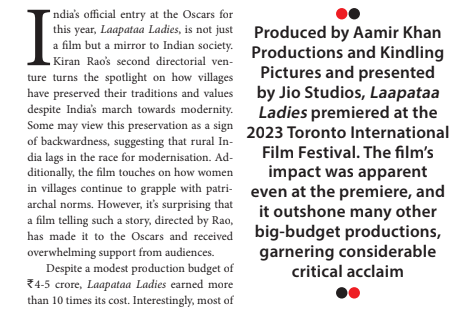
The Film Federation of India (FFI) selected Laapataa Ladies as India’s entry in the Best International Feature Film category at the 2025 Oscars. In an era dominated by modern values and Western influences, Laapataa Ladies showcases the pulls and pressures of patriarchy that women in rural India have to deal with in their daily lives. Out of the 29 Indian films in contention, Laapataa Ladies emerged as a frontrunner. This film also challenges the notion that exceptional cinema requires big stars and extravagant budgets. Here, the story is the true “star”. The film is based on a short story titled “Two Brides” by award-winning screenplay writer Biplab Goswami. Produced by Aamir Khan Productions and Kindling Pictures and presented by Jio Studios, Laapataa Ladies premiered at the 2023 Toronto International Film Festival. The film’s impact was apparent even at the premiere, and it outshone many other big-budget productions, garnering considerable critical acclaim. For India’s official entry at the Oscars, Laapataa Ladies faced stiff competition from Payal Kapadia’s All We Imagine as Light, winner of the Grand Prix at the 77th Cannes Film Festival — the
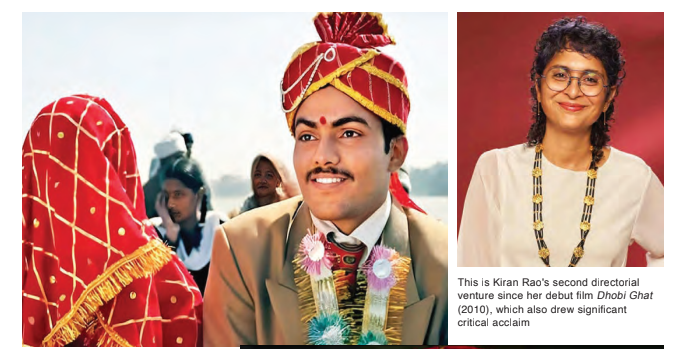
FFI jury chairman Jahnu
Barua explained that the selection committee aims to choose films that authentically represent India’s social structure and culture. Laapataa Ladies
excelled in portraying India’s rural traditions. Indian entries at the Oscars
have always been films that represent various aspects of society
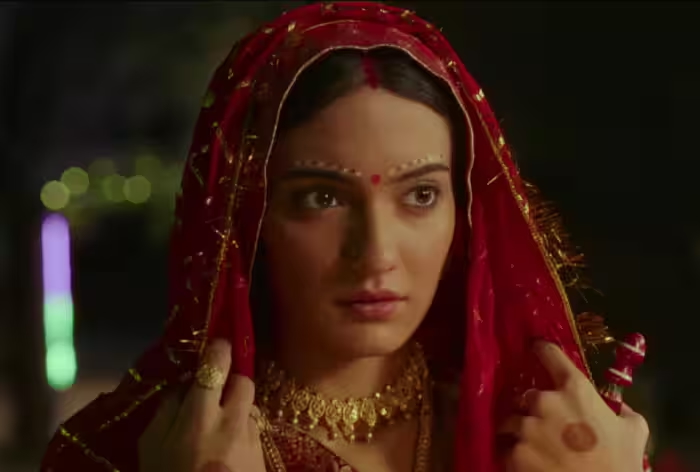
first Indian film to win the highest award at Cannes — and Malayalam drama Attam, among the other 29 films in contention. Interestingly, this is the third Aamir Khan production after Lagaan (2001) and Taare Zameen Par (2007), in which he played the lead and which he co-produced along with Mansoor Khan, that was also set against a rural backdrop, to be nominated as India’s official entry at the Oscars. In an interview to PTI, Rao said that the idea for the film was born out of a conversation
with Aamir, her ex-husband, after returning from a screenplay competition where
he was a judge. “Aamir came home and told me a one-liner, about two girls on a train and how they get swapped. And I was hooked. I knew that this was not just a great story but also a great opportunity for me. Honestly, I could never have written a story like this myself. It’s not naturally my kind of story when I write but I felt I could bring something of myself to it,” said Rao.
The plot of Laapataa Ladies revolves around two newlywed brides who get
mixed up on a train journey. The story begins with Deepak (played by Sparsh Srivastava), who is taking his bride, Phool (Nitanshi Goel), to his home for the first time.
However, Phool accidentally gets left behind on the train, and Deepak unknowingly brings a different bride (Pratibha Ranta) to his home.
FFI jury chairman Jahnu Barua explained that the selection committee aims to choose films that authentically represent
India’s social structure and culture. Laapataa Ladies excelled in portraying India’s rural traditions. Usually, official Indian entries at the Oscars have always been films that represent various aspects of the society and culture. Aamir and Rao expressed their gratitude to FFI on Instagram, thanking the audience, media, and the film community for their support. Rao also shared a heartfelt note, acknowledging the dedication of her
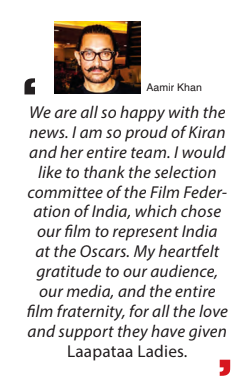
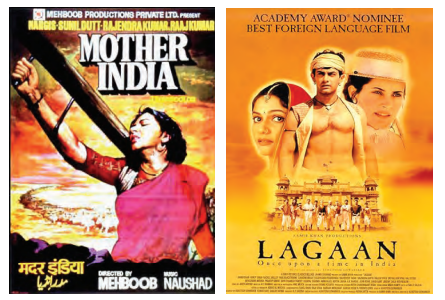
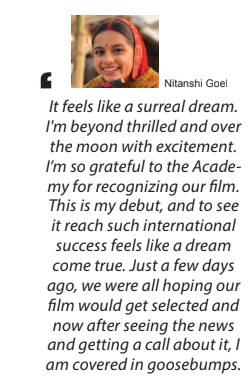
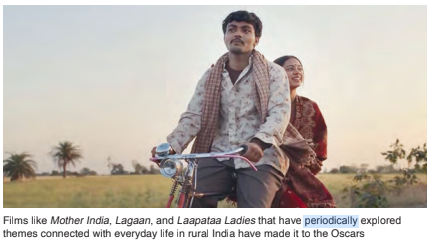
team that brought the story to life. Despite the praise, Laapataa Ladies has also courted some controversy. Film- maker Anant Mahadevan accused the film of borrowing scenes from his 1999 movie, Ghunghat Ke Pat Khol. He claimed that several key moments in Laapataa Ladies are identical to his film, including a mix- up involving a bride at a railway station. Mahadevan further alleged that after the release of Laapataa Ladies, his film was re- moved from YouTube. Laapataa Ladies is not the first ru- ral-themed Indian film to be entered for an Oscar. The journey began with Mother India (1957), which showcased rural India short- ly after the country gained independence. Decades later, Salaam Bombay! portrayed the challenges of urban life, while Lagaan once again brought rural issues to the global
stage. From Mother India to Laapataa La- dies, Indian films have consistently explored the struggles and heritage of smaller com-
munities. The film delivers a message about the value of Indian traditions in a globalised world. It portrays themes such as respect for elders, attachment to traditional attire, and the importance of marriage. As divorce rates surge globally, the film sug-gests that India’s practice of arranged marriages offers stability and success. Laapataa Ladies challenges stereo- types by showing that even modern audi-ences can appreciate traditional values. It emphasises that despite societal changes, India’s cultural heritage remains relevant and influential. The film’s success illus- trates that meaningful stories, rather than extravagant production values, can make a lasting impact.


Add Comment